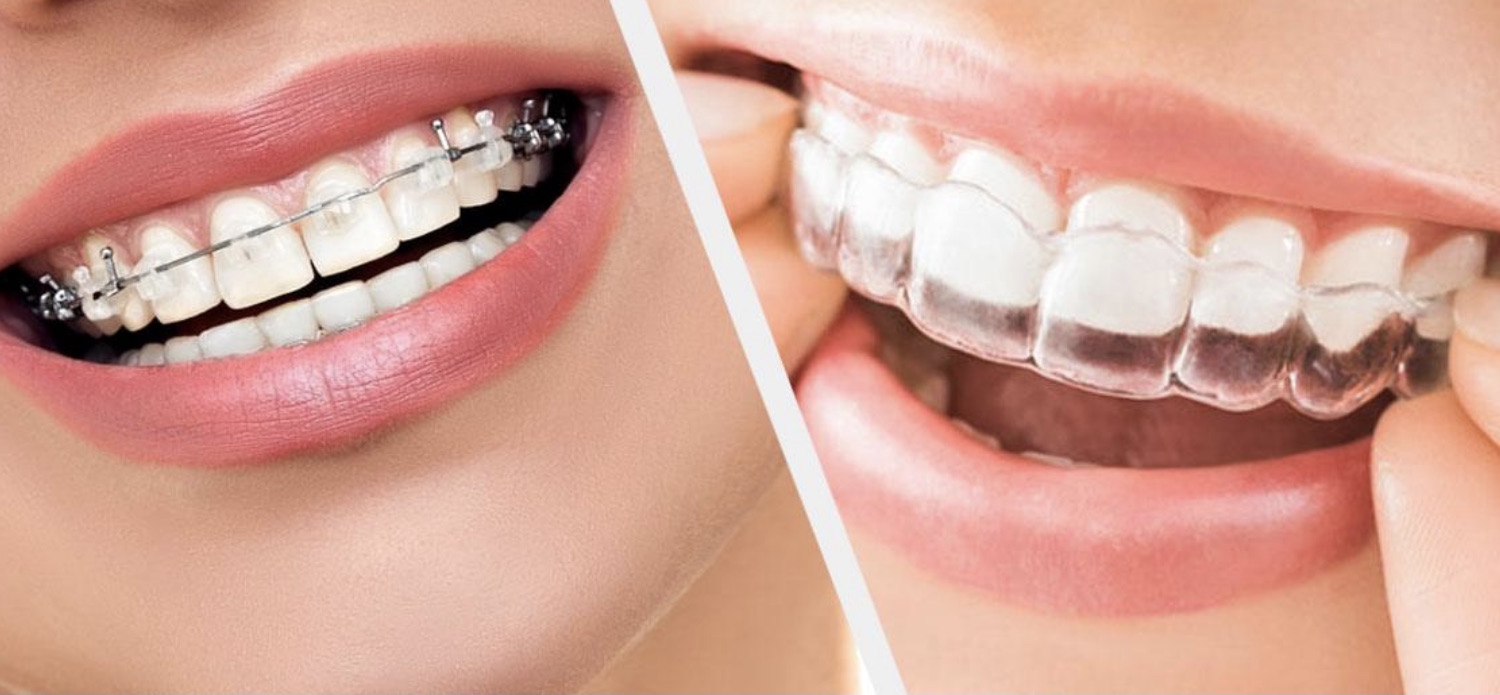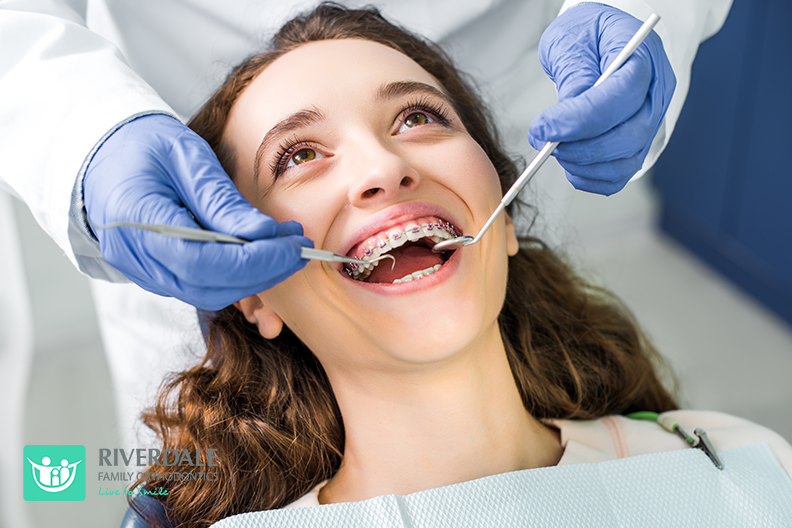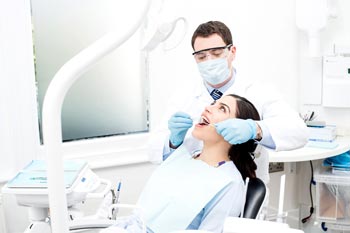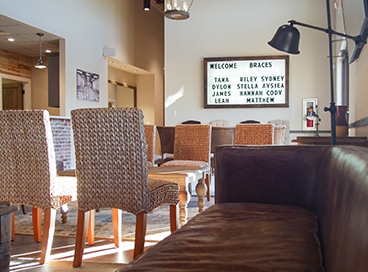Orthodontist Specialists: Improve Your Dental Health
Orthodontist Specialists: Improve Your Dental Health
Blog Article
Discovering the current Advancements in Minimally Intrusive Oral Procedures for Boosted Comfort
These developments not just aim to decrease discomfort during oral therapies yet also concentrate on advertising much faster recovery times and better general outcomes for patients. Welcoming these most current growths can change the oral experience, using a glimpse into a more comfy and effective future for both specialists and patients alike.
Improvements in Dental Innovation
Over the last few years, considerable innovations in oral technology have actually reinvented the area of dental care, boosting accuracy, effectiveness, and individual results. One notable innovation is the advancement of electronic imaging systems, such as cone-beam computed tomography (CBCT), which give detailed 3D images for more exact diagnoses and therapy planning. These systems lower radiation direct exposure contrasted to standard X-rays and supply a more extensive sight of oral frameworks.

Additionally, the combination of computer-aided design and computer-aided production (CAD/CAM) technology has actually allowed the creation of same-day crowns, bridges, and veneers, getting rid of the demand for momentary reconstructions and numerous visits. This streamlined process not just conserves time for both clients and dental professionals however also makes certain exact fits for lasting oral prosthetics.
Benefits of Minimally Intrusive Dental Care
The development of dental innovation in the direction of minimally invasive strategies has considerably enhanced patient care and treatment results in contemporary dental care. Among the primary advantages of minimally intrusive dentistry is the preservation of natural tooth structure. Unlike traditional procedures that commonly necessitate the elimination of healthy and balanced tooth material, minimally intrusive strategies focus on conserving as much of the natural tooth as possible. This not only aids keep the structural stability of the tooth however additionally lessens the requirement for extensive restorative operate in the future.
Furthermore, minimally intrusive dentistry normally causes lowered pain for clients both throughout and after treatments. By using advanced modern technologies such as laser dental care and air abrasion, dentists can do treatments with very little discomfort, swelling, and bleeding. This results in quicker recuperation times and overall enhanced client experiences.
Moreover, the traditional nature of minimally invasive dental care typically translates to shorter treatment durations. Clients can benefit from expedited treatments that call for fewer consultations, permitting a much more time-efficient and convenient oral experience. In general, the emphasis on minimally intrusive methods in dentistry contributes to improved person convenience, much better therapy end results, and enhanced overall oral wellness.
Strategies for Enhanced Individual Convenience
Making use of advanced sedation methods can significantly boost person convenience during oral procedures. Sedation dentistry uses numerous levels of sedation, from very little sedation to deep sedation, allowing clients to undergo treatments with lowered anxiousness and discomfort. Nitrous oxide, frequently referred to as giggling gas, is a prominent selection for moderate sedation, generating a state of leisure while keeping the individual aware. Oral sedatives, such as tablets or liquid medications, give a much deeper level of sedation, making people feel drowsy however still awake. For even more complicated treatments or extremely anxious patients, intravenous (IV) sedation can be administered by a trained professional to achieve a profound sedative result.
In addition, methods like directed images, where patients envision themselves in a relaxed environment, and paying attention to relaxing songs can better boost relaxation throughout therapy. Producing a comfortable and inviting environment in the dental office, with features like relaxing illumination and cozy coverings, can additionally add to a positive experience for people looking for minimally intrusive dental treatments. By integrating these methods, dental experts can focus on client comfort and health, cultivating a more enjoyable dental go to for people of helpful site all ages.

Technologies in Anesthesia and Sedation
To progress the realm of person comfort and leisure in oral procedures, recurring developments in anesthesia and sedation techniques are constantly being developed and implemented within the field. Advancements in anesthesia and sedation play a crucial role in making sure a positive experience for individuals undertaking different dental therapies.

Furthermore, techniques such as marginal and modest sedation have come to be increasingly preferred for taking care of individual anxiety and anxiety throughout dental gos to. By using sedatives in controlled amounts, oral specialists can generate a state of relaxation while guaranteeing the individual continues to be conscious and receptive.
Faster Healing Times and Improved Outcomes

Minimally intrusive dental procedures have transformed the field by dramatically minimizing healing times and enhancing overall outcomes for people. Additionally, the precise nature of minimally invasive strategies permits for targeted therapy, protecting even more healthy cells and leading to enhanced practical and aesthetic end results - orthodontist.
Furthermore, the unification of digital innovations like 3D imaging and computer-aided design/computer-aided production (CAD/CAM) systems makes it possible for dental professionals to prepare and implement treatments with unmatched accuracy and efficiency. This not only improves the treatment procedure however likewise enhances the predictability of outcomes, ensuring better long-term success prices. By focusing on quicker healing times and better therapy end results, minimally invasive dental treatments remain to raise the standard of care in dental care, supplying people with boosted comfort and satisfaction.
Final Thought
In final thought, the latest advancements in minimally invasive oral treatments have actually transformed the field of dentistry by giving countless benefits to patients. Minimally invasive dentistry is paving try this website the means for an extra comfy and effective dental experience for patients.
Developing a comfortable and welcoming atmosphere in the dental workplace, with amenities like relaxing lighting and comfortable blankets, can likewise add to a positive experience for clients looking for minimally intrusive oral treatments. By integrating these techniques, dental specialists can prioritize client comfort and well-being, promoting a much more enjoyable oral check out for people of all ages.
Minimally intrusive dental procedures have changed the field by significantly minimizing recovery times and enhancing total outcomes for individuals. orthodontist. By focusing on quicker recuperation times and enhanced therapy end results, minimally intrusive dental procedures proceed to elevate the standard of care in dental care, supplying people with improved convenience and satisfaction
In conclusion, the most current technologies in minimally invasive dental treatments have actually transformed the field of dental care by giving many advantages to people.
Report this page